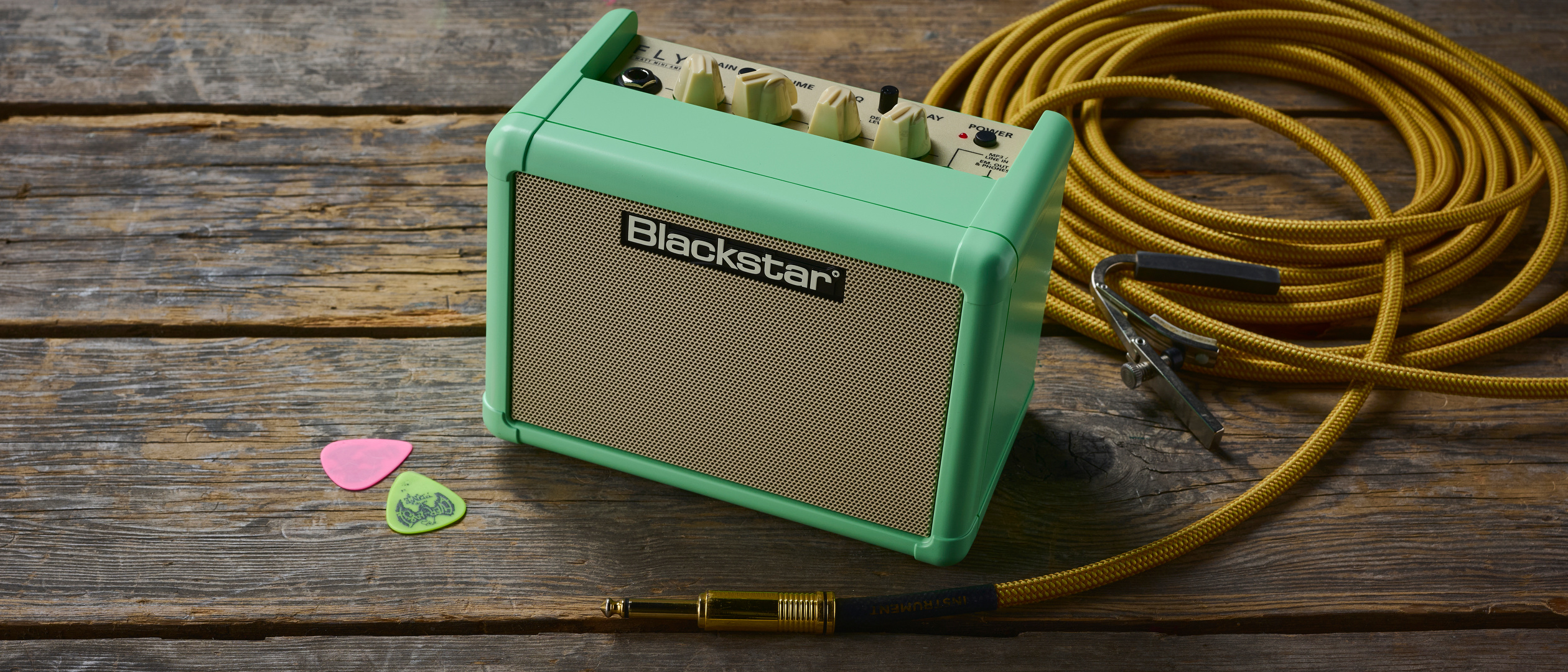
What is it?
Bringing big tones in an itty bitty package, the Blackstar Fly 3 has been a go-to mini practice amp for over ten years now. Back in 2014, it proved that mini amps didn’t have to sound like bees hosting a rave in a Pringles tube, setting a new standard for just how good tiny amps could be.
That was a long time ago though, and the landscape has changed massively since then. The arrival of Positive Grid’s smart amps, the explosion of popularity in headphone amps for guitar, and offerings from Boss, Orange, and Fender in the desktop guitar amp genre have made practicing a completely different frontier from what it was ten years ago. So, does the Fly 3 still have what it takes? Let's find out...
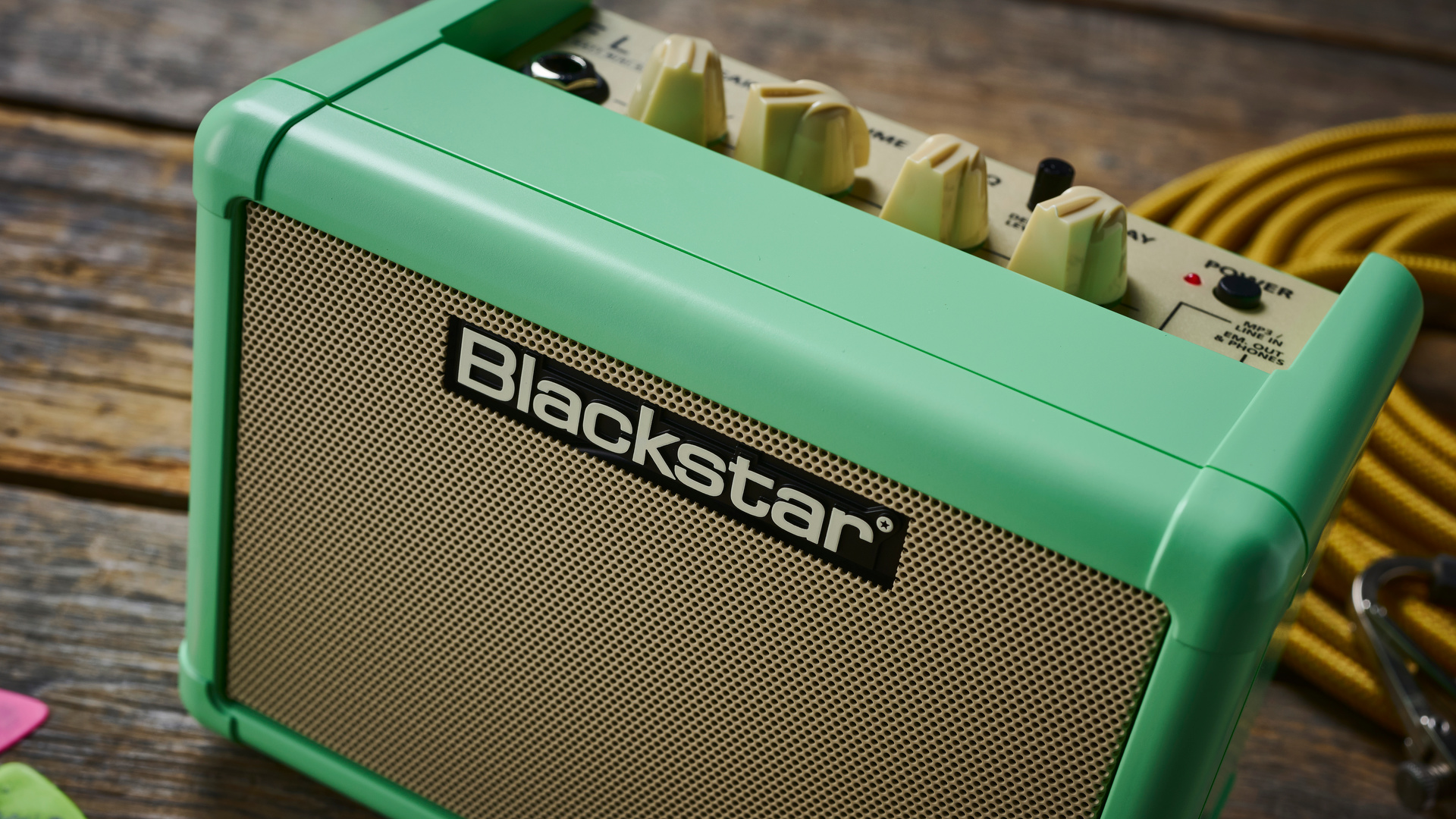
The Fly 3 is a simple affair, giving you a single 3-inch speaker to deliver its sounds. You get four knobs to tweak your tones, with separate levels for gain and volume, as well as an ‘ISF’ EQ knob, and a time control for the built in delay. It has two channels for clean and overdriven tones, and a tiny knob that sets the mix of delay signal.
In terms of connectivity, it’s again pretty simple, with a single 1/4-inch input for your guitar, plus an auxiliary 1/8-inch input for your phone or another line in, and a 1/8-inch output for the emulated out or headphones. There’s also an extension speaker socket for pairing it up with a matching cab sold separately, which looks similar to the ethernet port you’d find on a router.
Specs
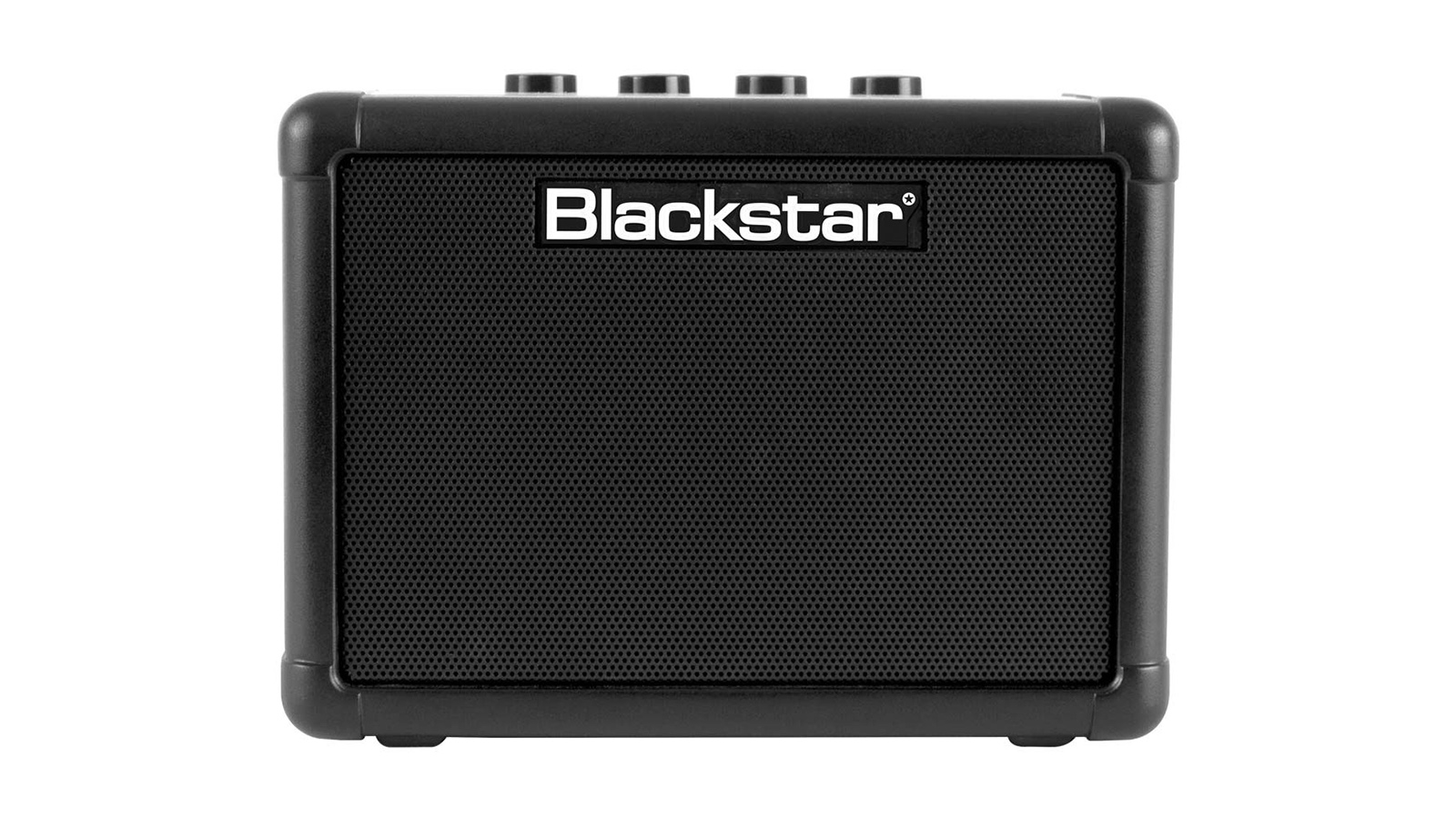
- Launch price: $79/£69/€75
- Type: Combo
- Origin: China
- Output: 3W
- Speaker: 3”
- Channels: 2
- Controls: Gain, Volume, EQ, Delay, Delay Level
- Connectivity: 1/4-inch input, 1/8-inch line input, 1/8-inch line out/headphones
- Footswitch: N/A
- Weight: 1.98lbs/0.8kg
- Dimensions: 170 x 126 x 102mm
- Contact: Blackstar
Build quality
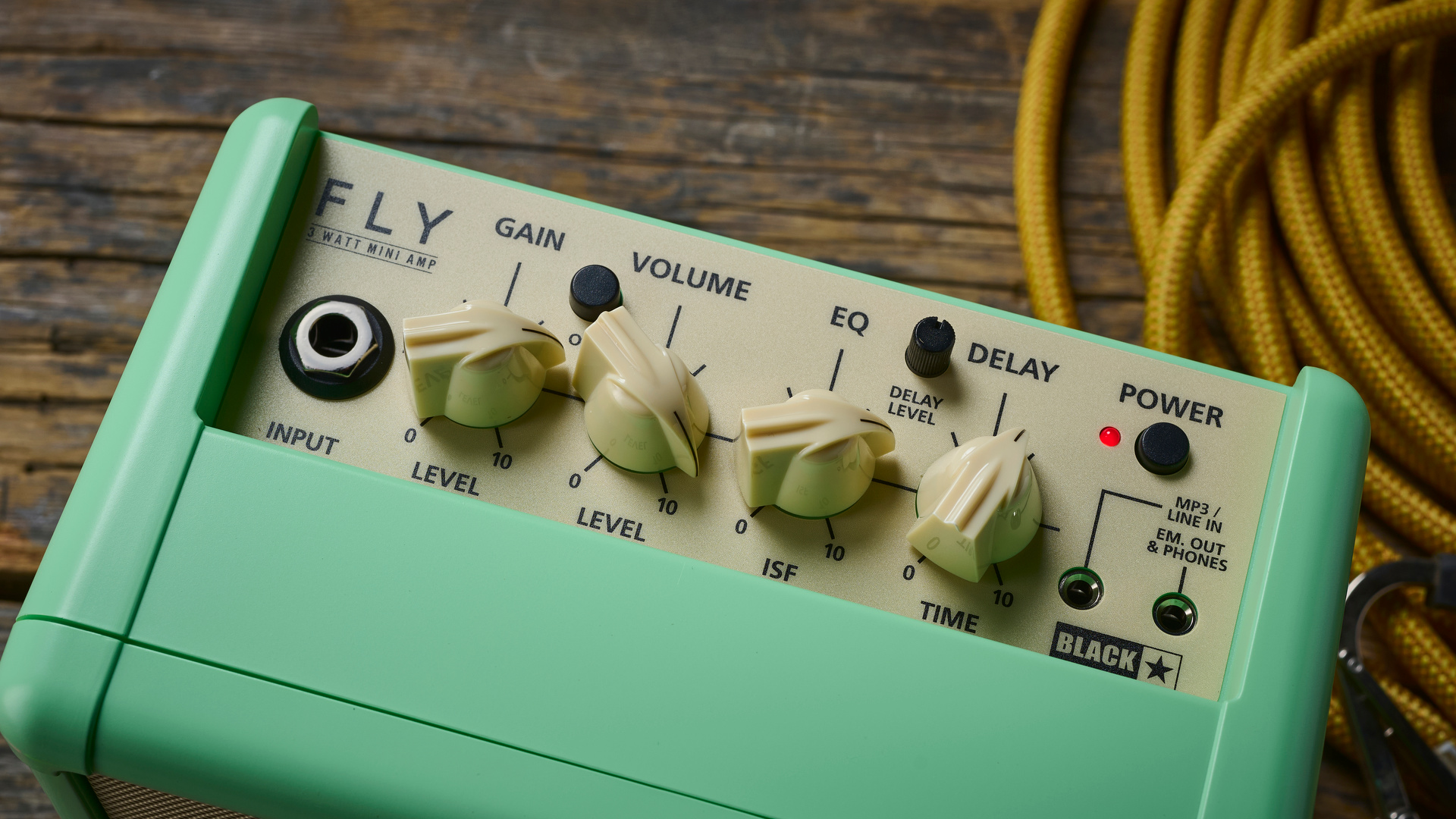
Build quality rating: ★★★★☆
The Fly 3 comes in four colors, so I opted for the most fun-looking one in my opinion, Surf Green. It’s certainly a striking looking chassis and found many admirers amongst my friends and colleagues. It’s also available in Vintage White, Royal Blue, and if you’re a fan of things more muted, good old classic Black.
Sans batteries it’s very lightweight versus my Spark Mini, and much more sprightly versus the positively heavyweight Katana Mini X. Despite its carry-friendly heft, it doesn’t feel flimsy in the slightest, with the hard plastic exterior feeling well up to being chucked in a backpack and taken on the go.
I really love the classic chickenhead type knobs which add a nice sense of dexterity when you’re moving the controls as well as looking great. The small delay level knob could potentially be a bit fiddly for some, but I didn’t find any major issues with it. The front grille is made out of a lightweight metal, and feels as though it will do a good job of protecting the small speaker within.
Usability
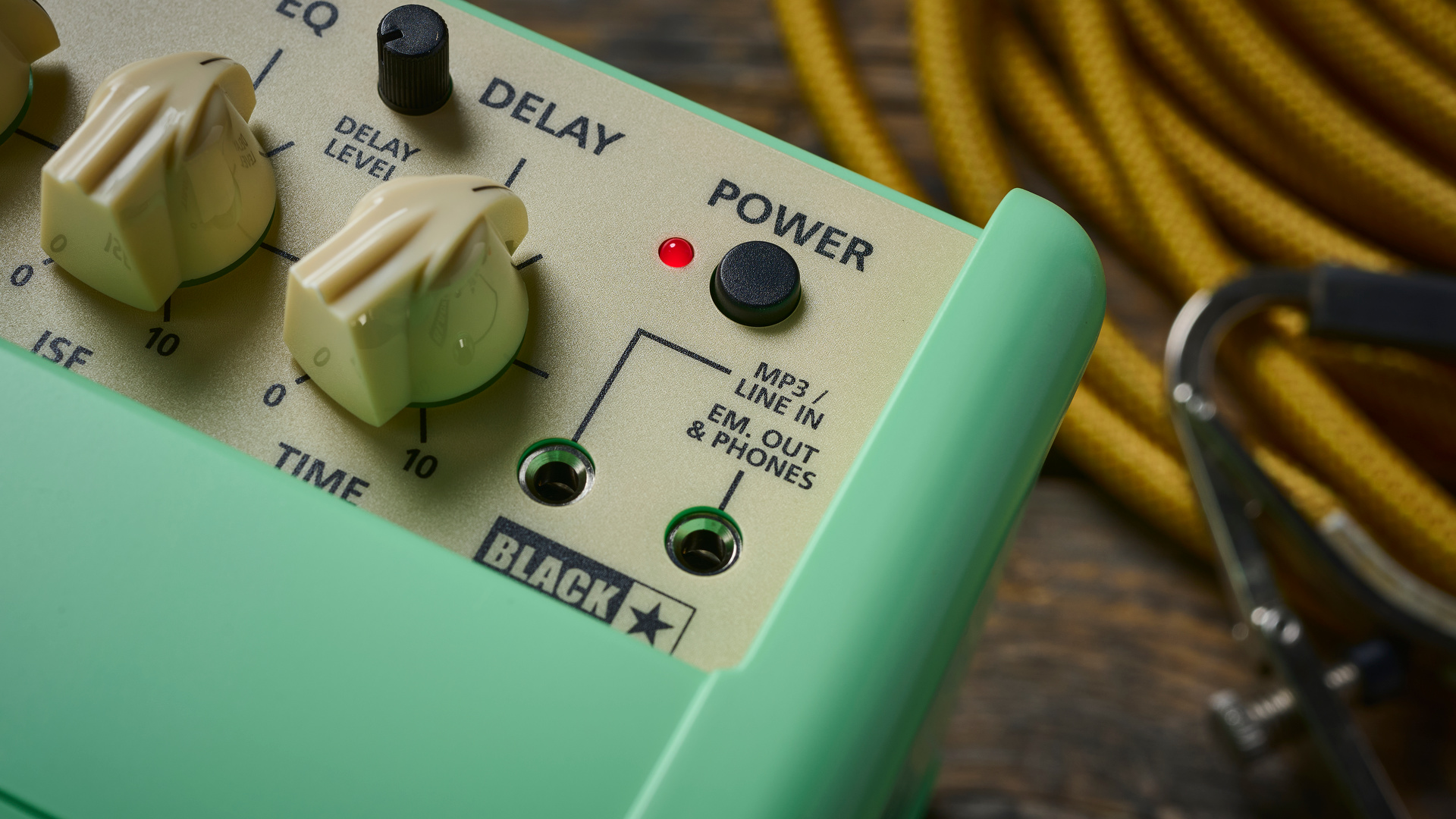
Usability rating: ★★★★☆
As far as actually using the Fly 3, it’s one of the simplest amplifiers I’ve ever encountered. There’s no app or modeling trickery here, just plug in, turn up your volume and gain, and off you go. EQ is handled by the single ISF knob, which is great for beginners or those who like simplicity, but might be off putting for others with more experience or who prefer tweaking their own EQs.
Having separate gain and volume knobs gives you a lot of control over your tones, allowing you to get nicely distorted sounds at lower levels which is great for practice. Channel switching is handled by a button press, and you’ve got separate controls for the delay level and time control.
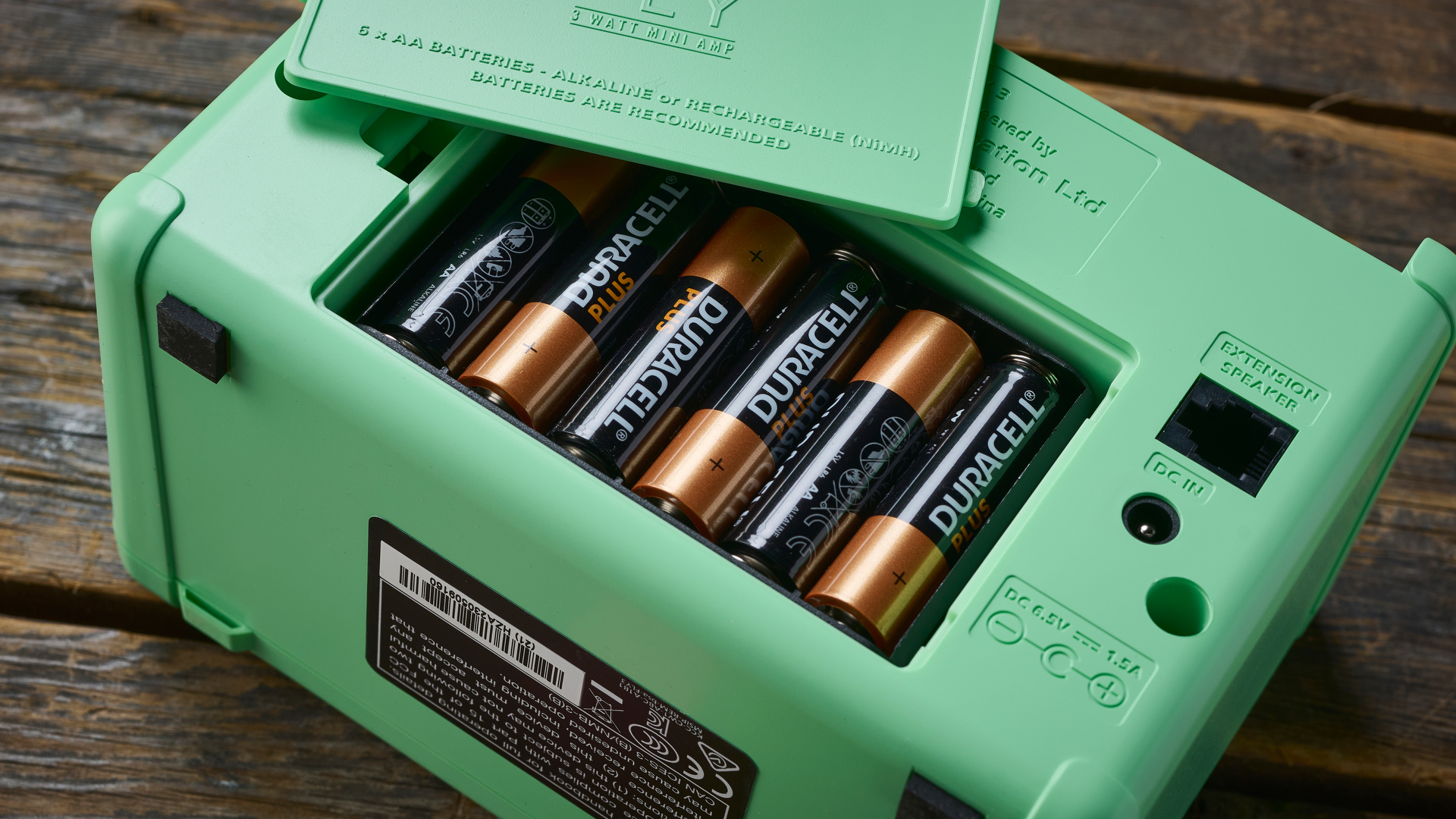
It can be powered by 6 AA batteries or a 6.5V DC power supply, neither of which are annoyingly not included in the package. This meant that when I got my amp, I had to take an extra trip to the shop as none of my myriad power supplies were compatible with it, and I only had four AA batteries in the house.
Sounds
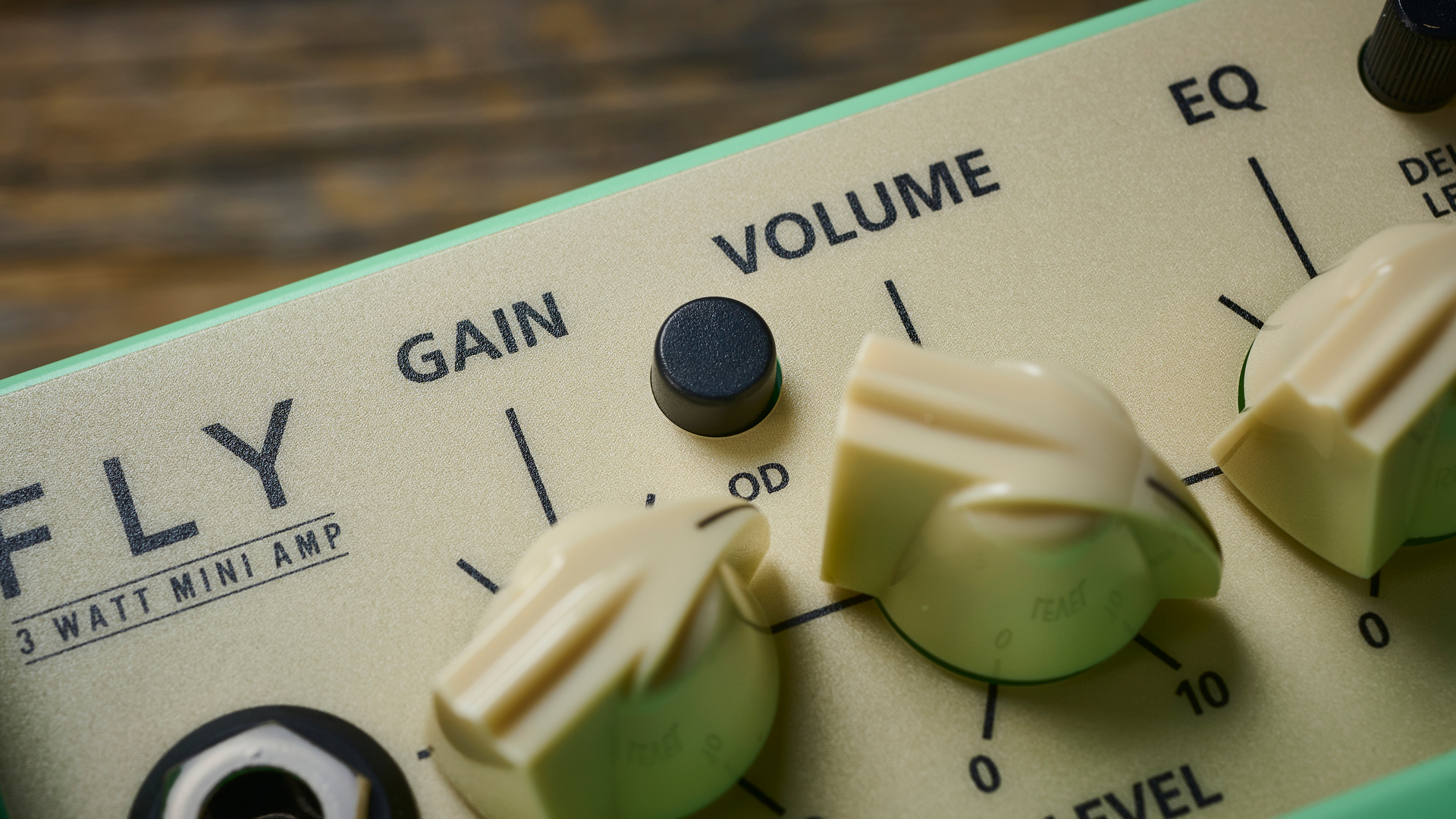
Sounds rating: ★★★★☆
Plugging in a Gretsch semi hollow guitar into it to begin my testing, I started on the clean channel with the volume and gain at the halfway point, and the ISF knob set at its lowest point to emulate the sound of an American amp.
It’s very a pristine clean at these settings when picking softly, but when I started to dig in there’s some breakup that occurs. It’s not the most pleasant sounding with that scooped American tone, but if you dial the ISF knob to the midway point you start to get a lot more girth which helps fills out the sound some.
It sounds great with clean-picked chords, and once you start adding in some of the tape delay emulation, that really helps negate some of the harshness of the breakup. Here, it sounded superb with bluesy double stops and pentatonic licks for some Rockabilly tones, and once I cranked the tape delay time and level, it went straight into ambient territory.
Dialling up the gain gets you into classic rock territory, and here the breakup sounded much more invigorating, pairing nicely with power chords and lead licks. Adding in some more of the tape delay really helps elevate the sound again, making it more lively and inspiring to play along with versus the purely dry signal.
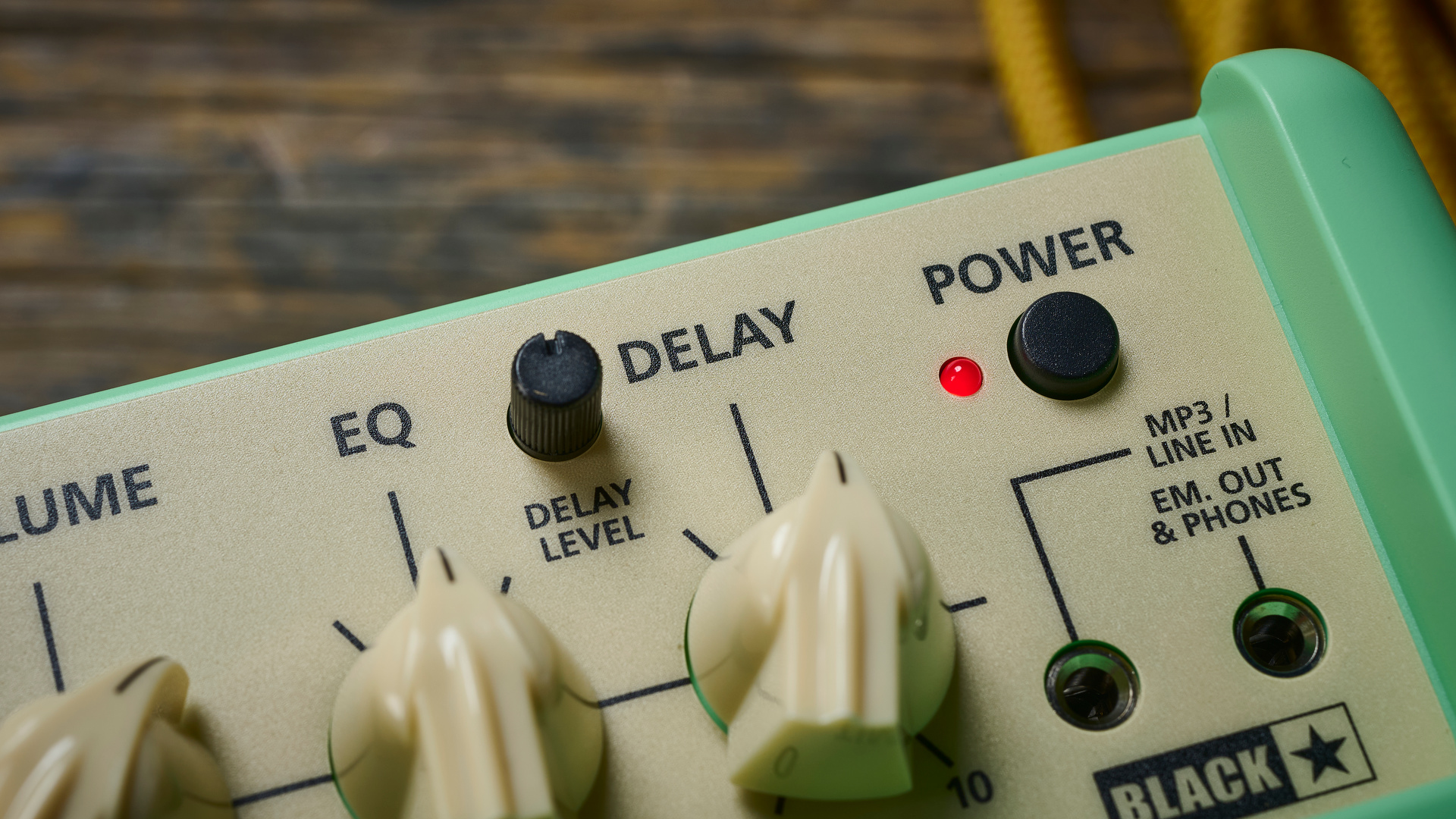
Switching to channel two delivered a lot more gain, plenty to get some metalcore riffs going. Again, it’s a little harsh sounding on certain settings, but playing with the ISF knob can get you a really full sound that will handle modern metal with ease. I was soon playing staccato breakdowns and 0-8-5 metal riffs a la Trivium and Killswitch Engage. While it won’t trouble the dirt channel of my Orange tube amp for harmonic richness, for practicing at home I’d have no qualms using it for heavier stuff.
Dialing in that tape delay yielded some excellent results with shred leads, helping tame that slight harshness in the high end and allowing extended bends to soar and legato to sound well-defined. The tape delay is really versatile too thanks to the two knob controls, so you can let it wash over your sound or just add a touch of slapback to bring it to the forefront.
I pretty much always found myself leaning towards the mid point on the ISF knob in all my testing, finding the far left position to thin and the far right position too muddy. In that middle section between 10 and 2 o'clock, it felt just right to me, giving you the fullness in the mids but with plenty of bite in the treble.
Final verdict
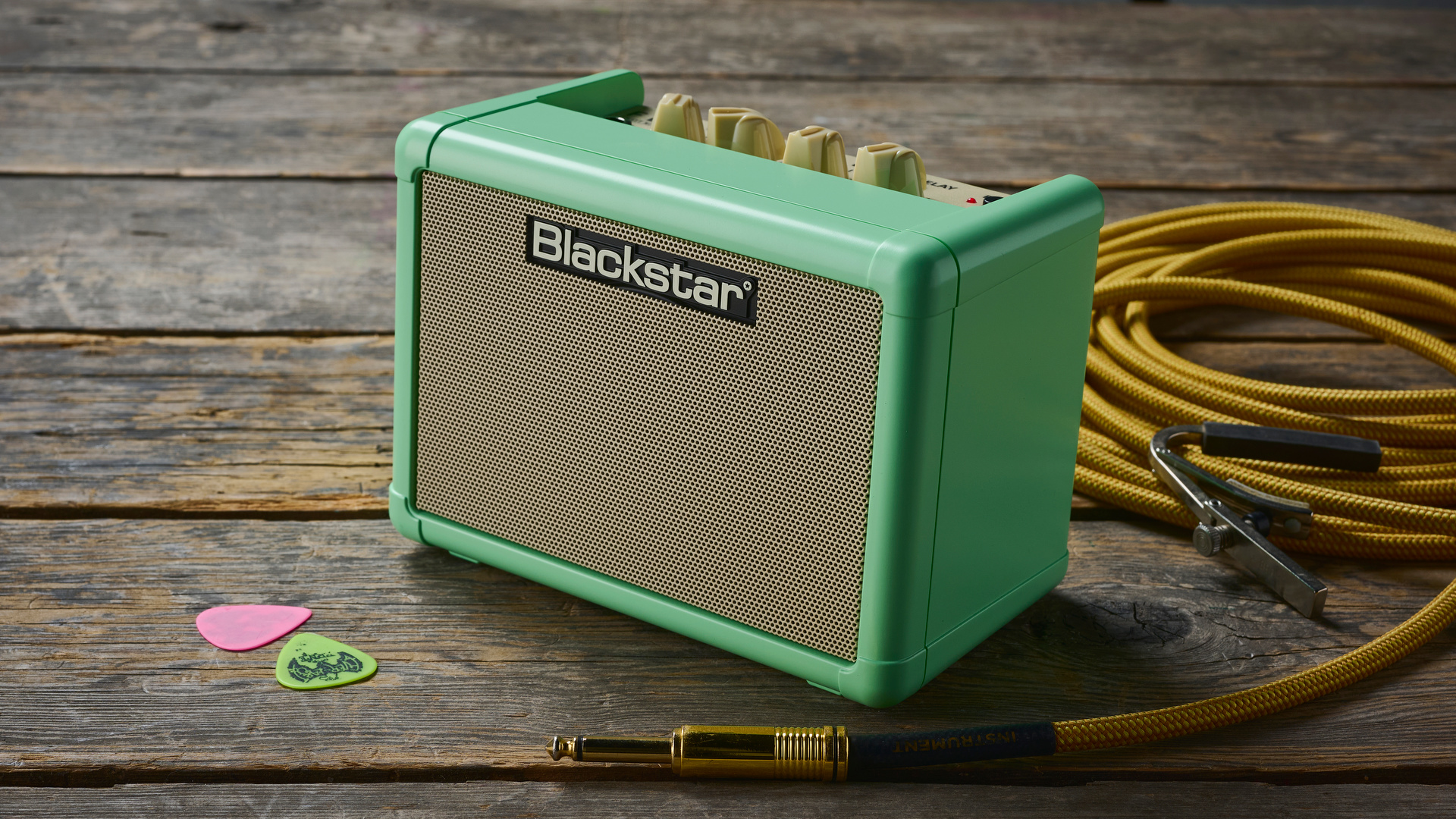
It’s really quite hard to beat the Blackstar Fly 3 when it comes to value for money. Coming in well below the $/£100 point, it absolutely delivers on its premise of teeny tiny practice amp on a budget, giving you plenty of options when it comes to sounds. Running the gamut from pristine clean to modern metal, it’s an incredibly capable amp for jamming alongside at home.
It does get a little harsh on mid-gain tones when you don’t have the delay engaged, but all it takes is a little tweaking of the knobs to help iron this out. It’s also not an overtly bassy amp as you’d expect with the size, but it can definitely fill a room with sound if you want to crank it a bit when everyone’s out of the house.
Guitar World verdict: Overall, it’s hard to fault the Fly 3 as a home practice solution on the cheap. It can give you pristine cleans, crunchy classic rock, slapback slathered blues licks, and even modern metal, thanks to its twin-channel design. It won’t trouble your regular amp when it comes to tone, but for sitting at your desk or in your living room and jamming out your favorite licks or new song ideas, it’s a brilliant companion.







